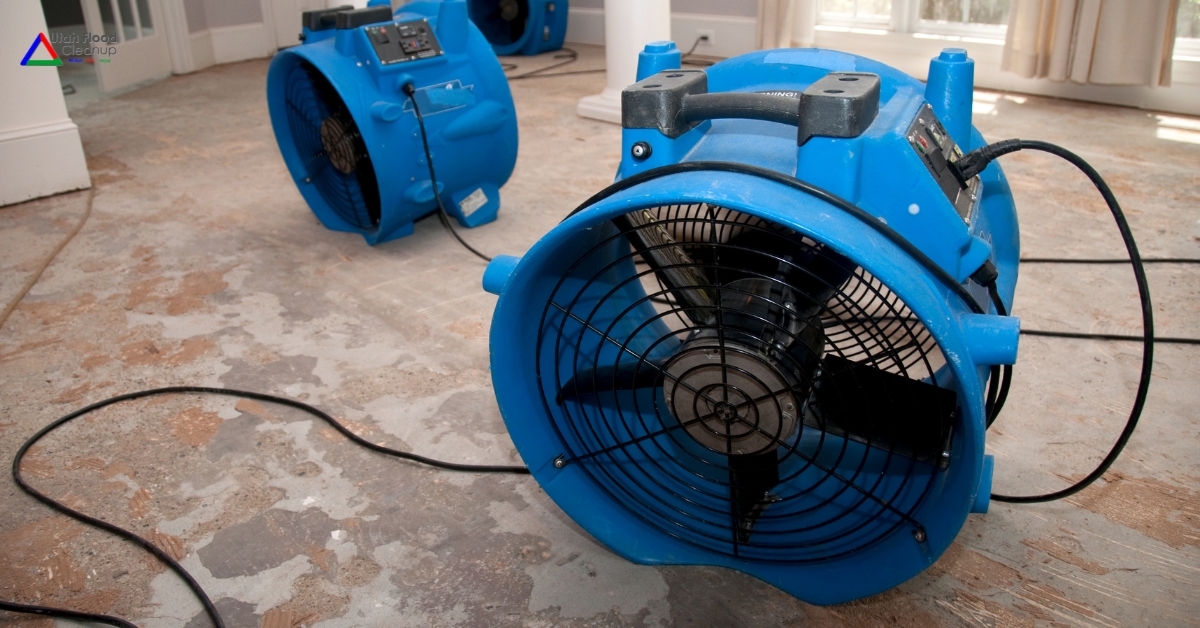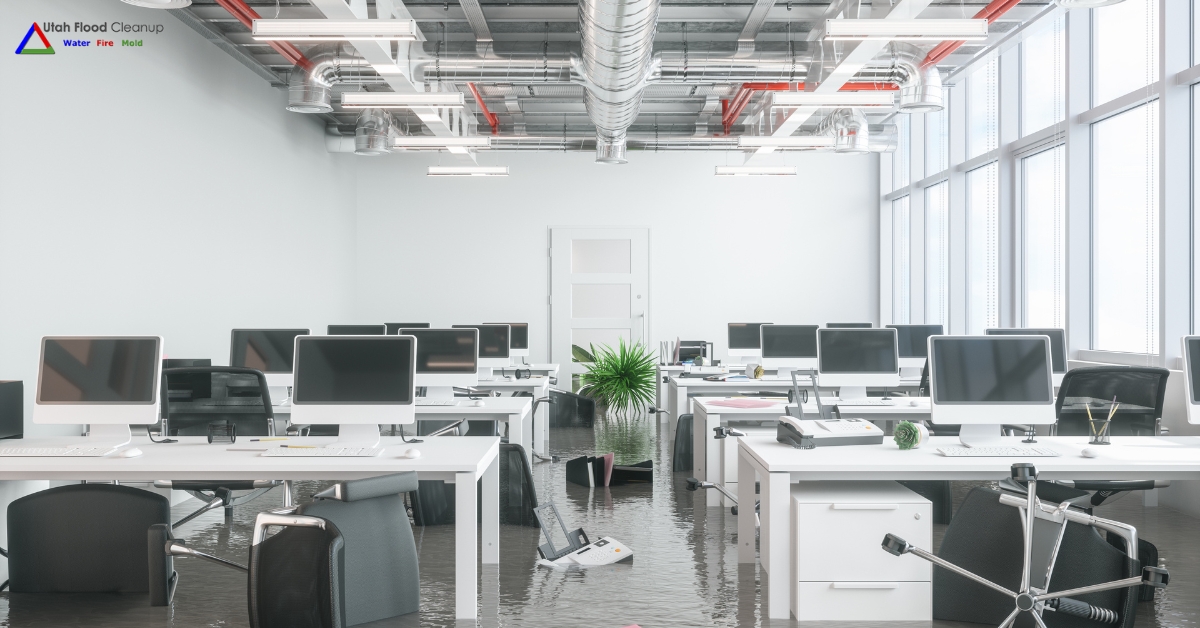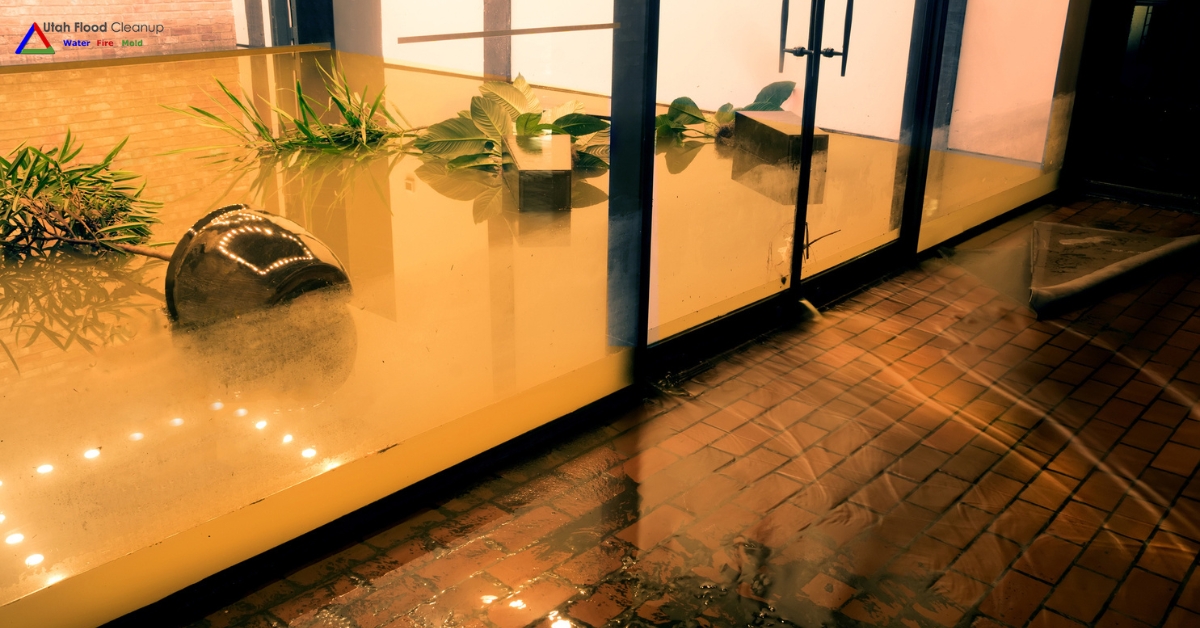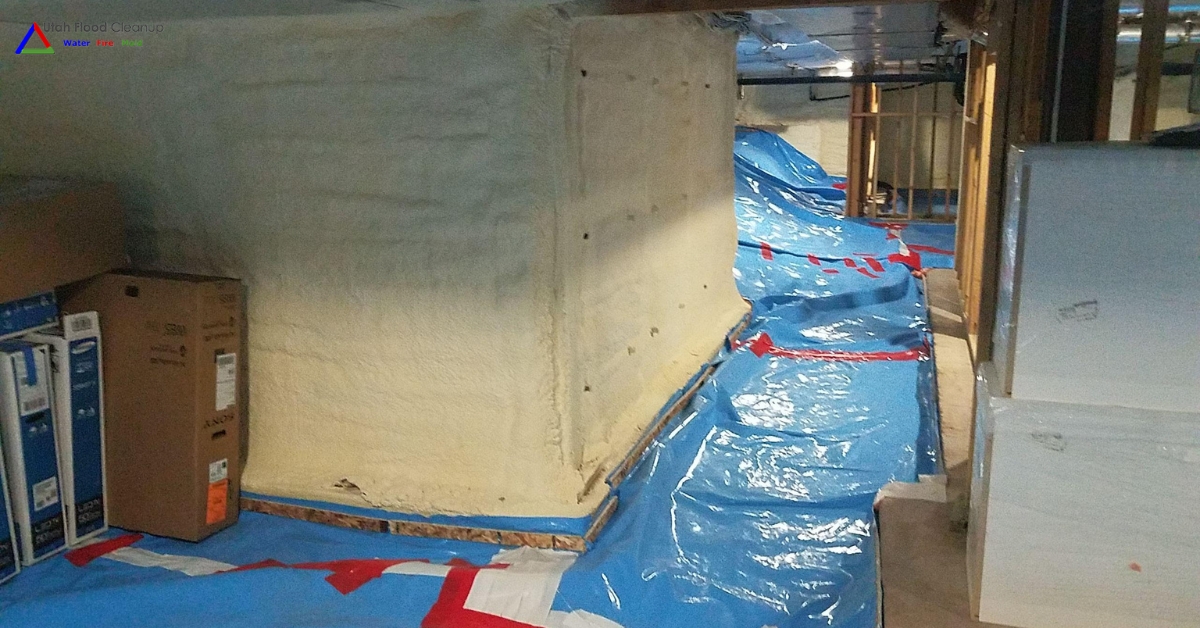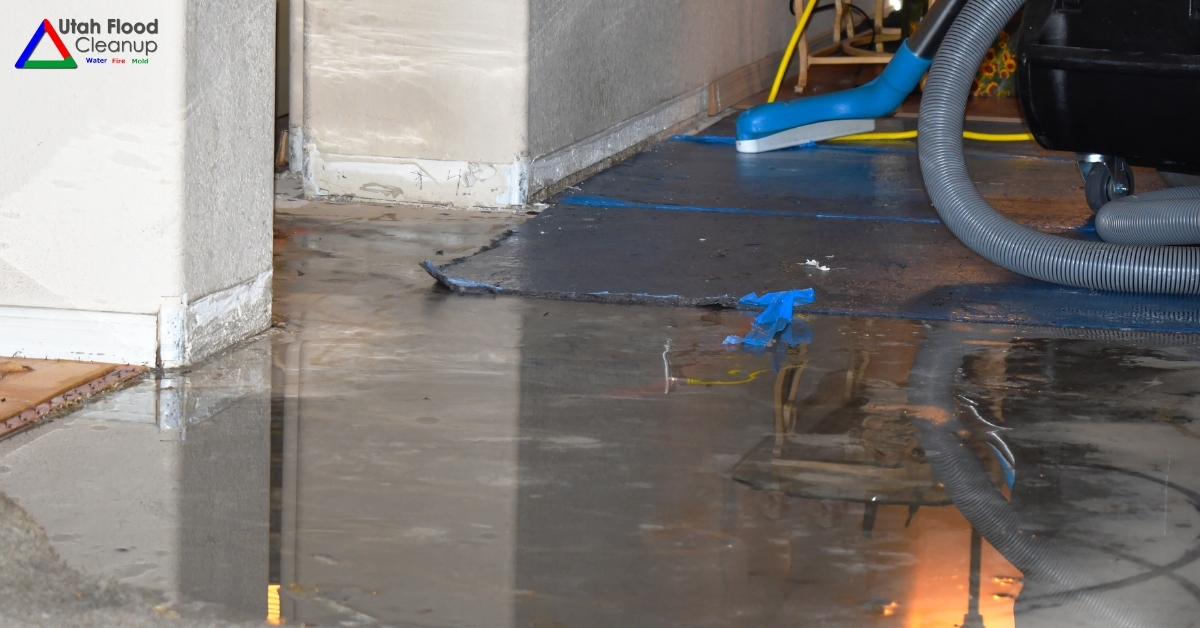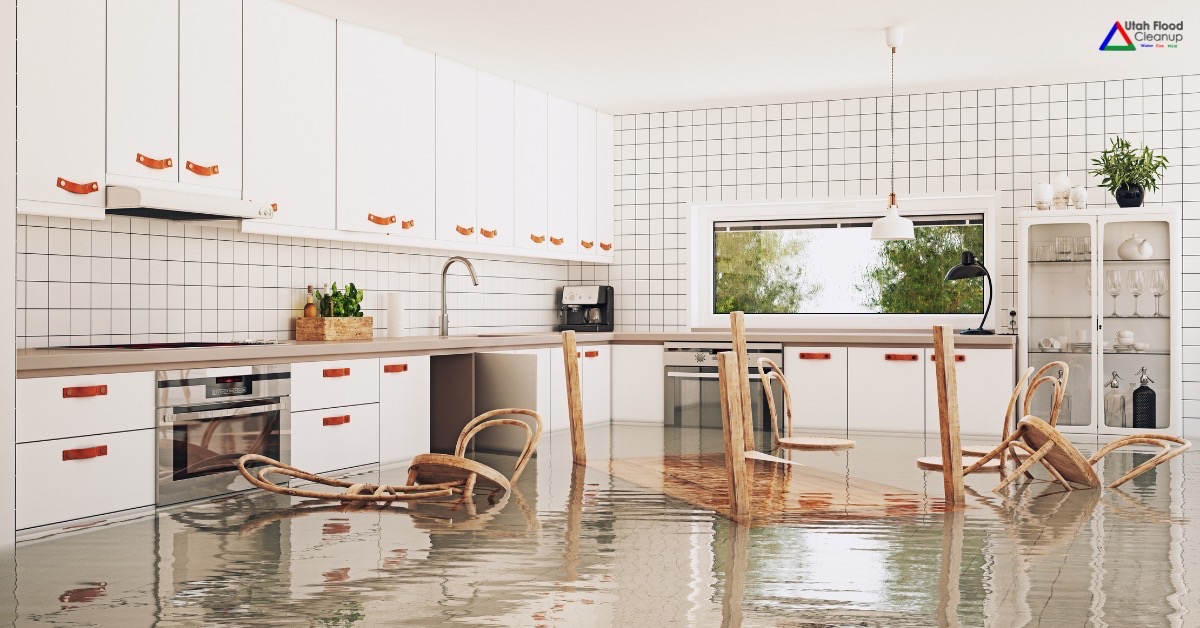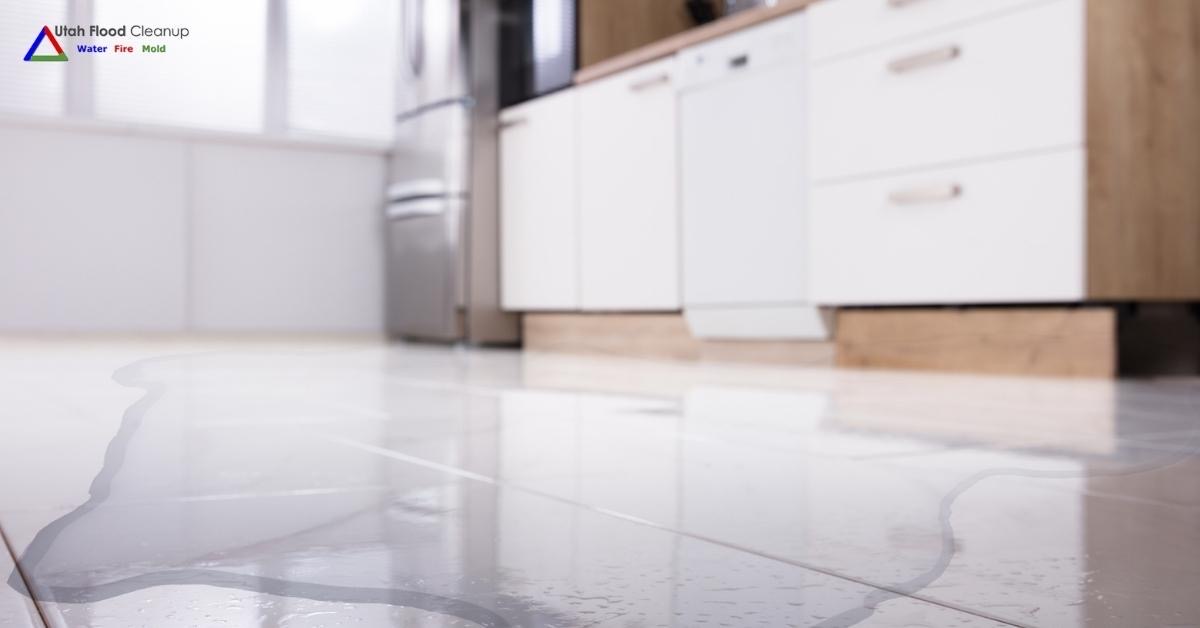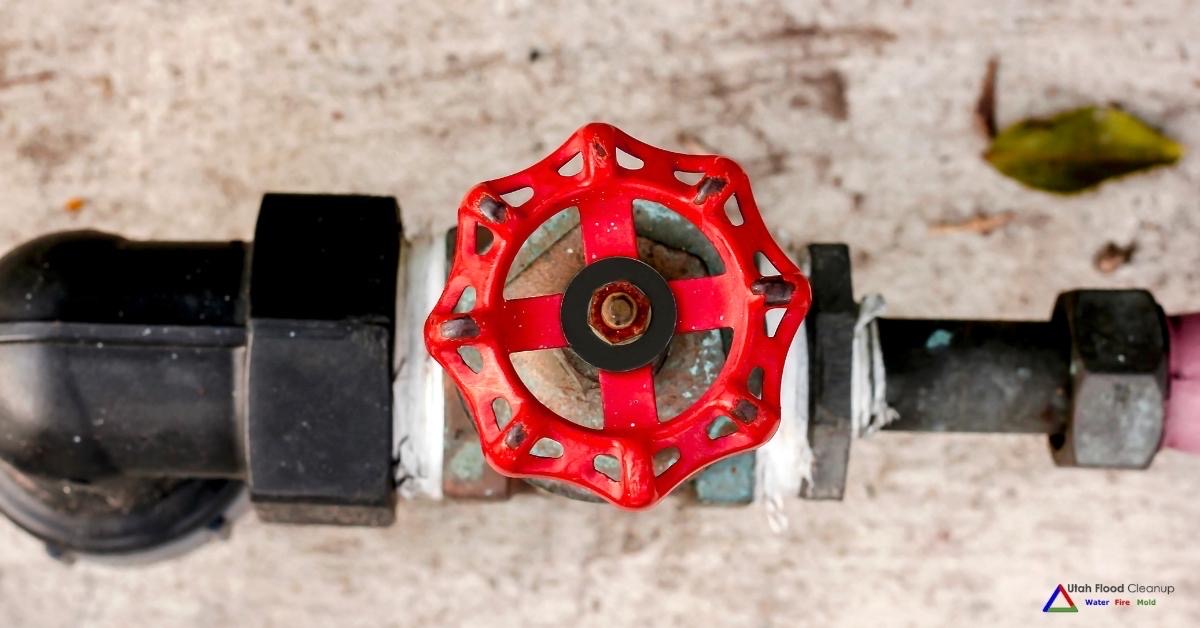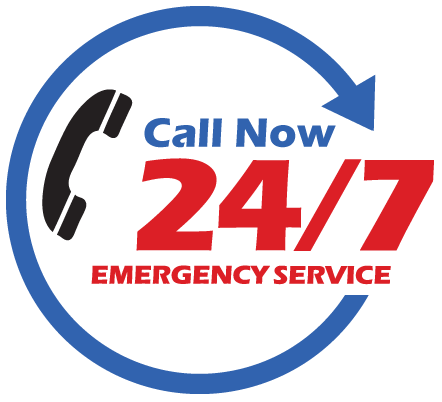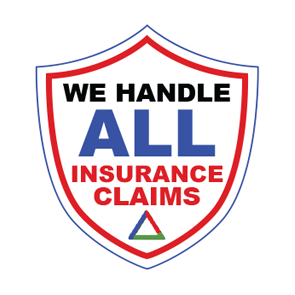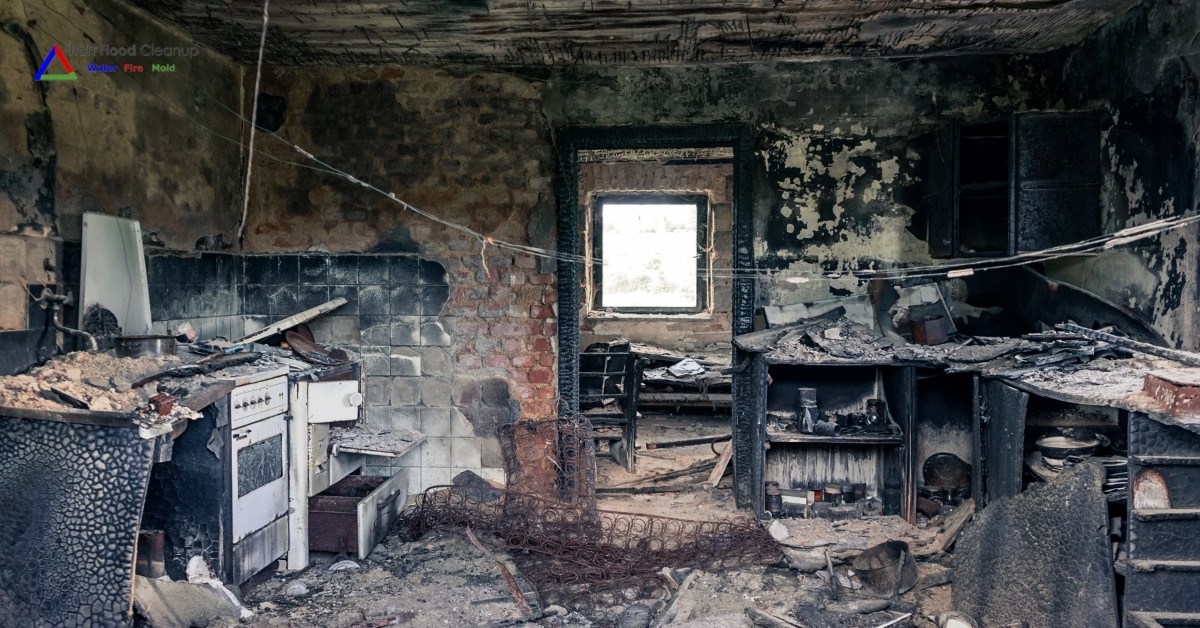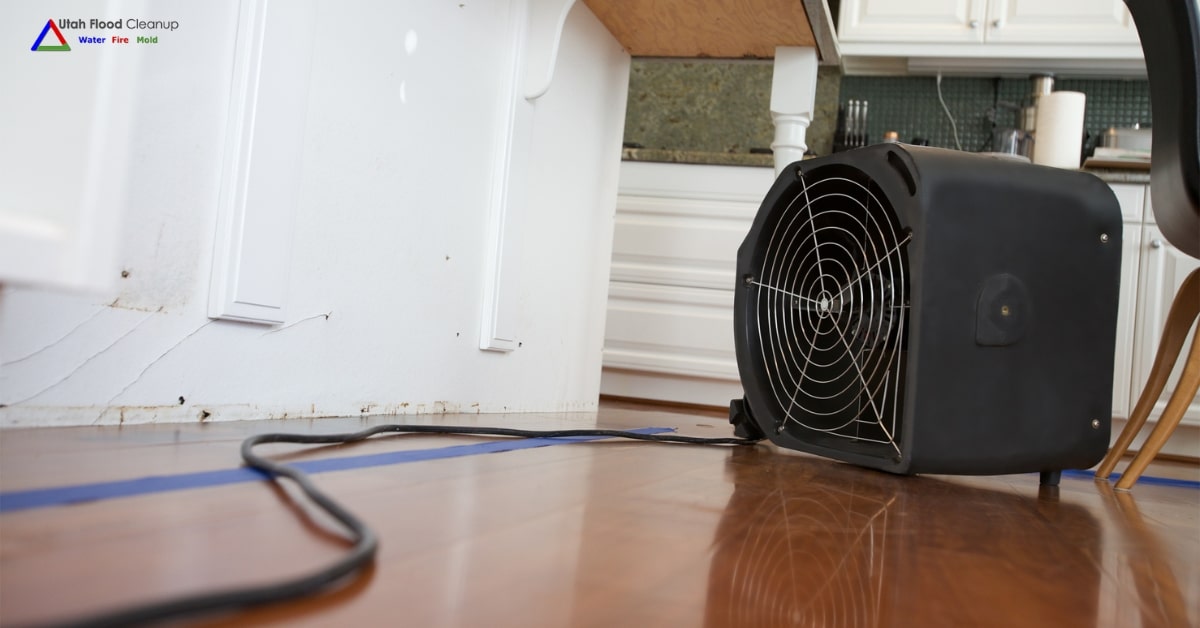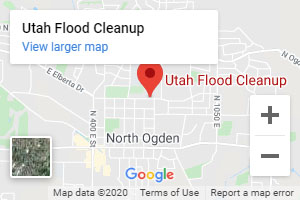Floods are life-altering events that force you to reimagine your living space and sometimes part with items you once cherished. When you find yourself facing the aftermath of a flood, the overwhelming question is: what should you throw away after a flood? In the wake of flood damage, your safety and peace of mind are paramount. We understand that this journey can be both emotionally and physically taxing, which is why we are here to guide you step by step. Our goal is to empower you with clear, actionable information, so you feel confident in making the tough decisions about which items to dispose of and which might be salvageable.
Flood damage restoration isn’t just about cleaning up water – it’s about protecting you and your loved ones from ongoing harm. When water infiltrates your home, it brings with it the risk of contamination, mold growth, and structural damage. This guide breaks down the types of items that may need disposal, outlines essential safety considerations, and offers professional advice on how to safeguard your health and property. Whether you’re a young professional starting out or a seasoned homeowner, we’re here to ensure that you’re making informed decisions every step of the way.
Immediate Safety Items
After a flood, your first priority is safety. Flood water can be contaminated with bacteria, chemicals, and debris that pose significant health risks. We are committed to ensuring you and your family are safe, so it’s crucial to assess and, if necessary, dispose of certain items immediately.
| Food and Beverages: | Medications: |
|---|---|
| ✅ Perishable foods: Items like dairy, meat, or any food that has come into direct contact with flood water should be discarded. ✅ Beverages: If water has compromised your beverages, they should not be consumed. | ✅ Contaminated medications: If flood water has soaked into your medicine bottles or blister packs, they may no longer be safe to use. |
| Cosmetics and Toiletries: | Baby Items and Toys: |
|---|---|
| ✅ Personal hygiene products: Products such as makeup, lotions, and toiletries that have been exposed to flood water can become breeding grounds for bacteria. | ✅ Safety for your little ones: Baby formula, pacifiers, toys, and other items should be scrutinized carefully. Even if these items seem minor, ensuring that they are not contaminated is crucial to protect your family’s health. |
Taking immediate action is vital because the longer you delay, the greater the risk of flood contamination safety issues. You owe it to yourself to create a safe environment, so if any doubt arises regarding an item’s safety, it’s best to err on the side of caution.
Household Materials
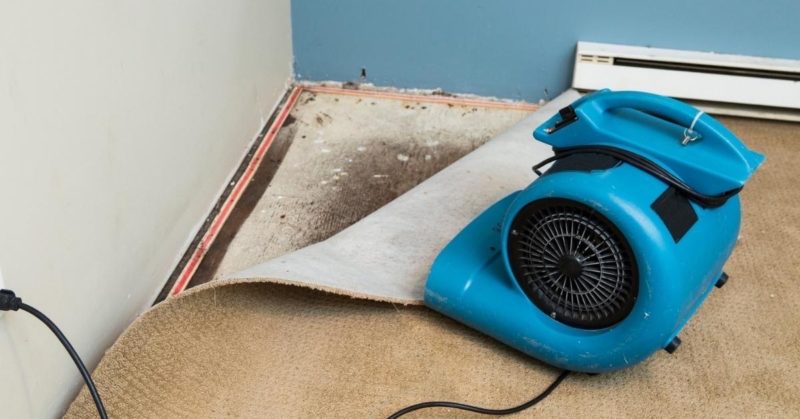
Floods can wreak havoc on the very fabric of your home. Items that form part of the structural or decorative elements of your living space may suffer extensive damage. Here, we break down common household materials and provide guidance on whether you should dispose of them.
| Carpet and Padding: | Drywall and Insulation: |
|---|---|
| ✅ Deeply soaked or moldy: Waterlogged carpets and padding often retain moisture for an extended period, encouraging mold growth. If your carpet has been submerged for more than 48 hours or shows signs of mold, it’s time to let it go. | ✅ Structural risk: Drywall absorbs water easily and, when wet, can crumble and deteriorate. The insulation behind it may also harbor mold and bacteria, making it a health hazard. |
| Mattresses and Upholstery: | Paper Products and Documents: |
|---|---|
| ✅ Comfort vs. safety: Even if you love your mattress or your favorite couch, flood water can permanently damage the fibers and internal materials. The risk of allergens and contaminants is too high to justify keeping them. | ✅ Irreplaceable yet vulnerable: While important documents might be valuable, if they have been exposed to water, mold can easily ruin them. Consider whether digital copies exist or if reprinting is possible before deciding to dispose of them. |
Remember, the moment you’re evaluating household materials, you’re not only assessing damage – you’re protecting your health. Flood contaminated items disposal is a critical component of your restoration process. If you’re unsure about the condition of a particular material, contact professionals for advice.
Electronics and Appliances
In our tech-driven world, electronics and appliances play a central role in our daily lives. Floods, however, can turn these indispensable items into dangerous liabilities if they are not properly evaluated.
| Small Electronics: | Power Tools: |
|---|---|
| ✅ Gadgets and accessories: Items such as smartphones, tablets, and laptops might seem like they can be dried out and restored. However, even small amounts of moisture can cause long-term damage or lead to electrical hazards. | ✅ High-value equipment: If your power tools have been exposed to flood water, the risk of corrosion and malfunction increases significantly. It might be better to dispose of them to avoid any accidents down the line. |
| Appliance Assessment Guide: | Electrical Safety Concerns: |
|---|---|
| ✅ Professional evaluation: Larger appliances like refrigerators, washing machines, or ovens require a thorough assessment. We suggest creating a checklist to evaluate the extent of damage, including visible water marks, rust, and electrical issues. | ✅ Preventing hazards: Flood-damaged items disposal in the realm of electronics isn’t just about functionality; it’s about safety. Faulty electronics can cause fires, short circuits, or even electrocution. Make sure that any appliance showing signs of water damage is inspected by a professional before you consider using or discarding it. |
If you’re grappling with decisions about your electronics, remember that your safety is non-negotiable. The risk of keeping compromised devices is simply not worth it. We urge you to make the call for a professional evaluation sooner rather than later.
Personal Items
Your personal items hold memories, value, and a part of your identity. However, after a flood, even the most cherished items might be beyond repair. Here’s how to approach these tough decisions:
| Clothing Guidelines: | Furniture Decisions: |
|---|---|
| ✅ When to discard: Clothing that has been soaked and cannot be thoroughly cleaned might harbor contaminants that could affect your health. ✅ What can be saved: Sometimes, items made of synthetic fibers or those that can be professionally cleaned might still be usable. | ✅ Comfort vs. contamination: While you may be emotionally attached to certain pieces, heavy furniture like sofas and chairs can absorb moisture and become breeding grounds for mold. Evaluate each piece carefully; if there’s a doubt about safety, it’s time to let it go. |
| Heirloom Considerations: | Documentation Before Disposal: |
|---|---|
| ✅ Sentimental value: Family heirlooms and antiques are irreplaceable, yet they are not immune to flood damage. If these items show signs of severe water exposure, consult a professional conservator to see if restoration is possible. | ✅ Record keeping: Before disposing of any personal items, take photographs and make detailed notes about their condition. This documentation can be crucial for insurance claims and future reference. |
We understand that letting go of personal items is one of the hardest parts of the cleanup process. You’re not just throwing away objects – you’re making a decision to move forward, to rebuild, and to embrace a safer future. Always consider a professional assessment if you’re on the fence about a particular item.
Professional Assessment
At times, the scale of damage might be so extensive that you need expert intervention. When it comes to navigating the complexities of flood restoration, a professional assessment is indispensable. Here’s how to know when you should seek professional help and what to expect:
| When to Get Expert Evaluation: | Salvageable vs. Unsalvageable: |
|---|---|
| ✅ Severe water damage: If your home has experienced significant flooding, it’s essential to have an expert inspect every corner, from structural elements to personal belongings. ✅ Health risks: If you’re uncertain about the level of contamination, professional evaluation can provide peace of mind and help mitigate health risks. | ✅ Objective assessment: Professionals can determine which items can be restored and which are beyond saving. They use specialized equipment and techniques to analyze each item’s condition, ensuring you’re making the right decisions. |
| Insurance Documentation: | Safe Disposal Methods: |
|---|---|
| ✅ Streamlining claims: Detailed assessments by restoration experts are often required for insurance purposes. By having a professional document the extent of the damage, you strengthen your claim and expedite the restoration process. | ✅ Environmental responsibility: When disposing of flood-damaged items, especially those that may contain hazardous materials, following safe disposal protocols is critical. Professionals ensure that items are disposed of in accordance with environmental regulations and safety standards. |
A professional evaluation not only protects your health but also ensures that you’re making cost-effective decisions. When in doubt, reach out and get the help you need. Remember, you don’t have to shoulder this burden alone.
Bringing It All Together
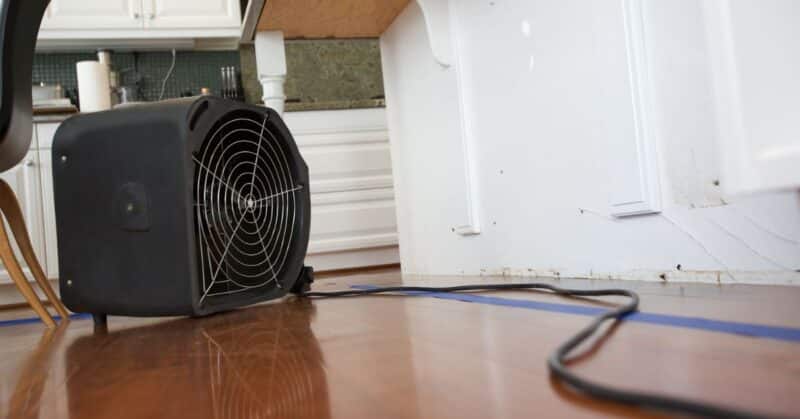
Floods are traumatic events that disrupt every facet of your life. The process of cleaning up and deciding what to throw away after a flood is both emotional and practical. As you work through the decisions about food, household materials, electronics, personal items, and the need for a professional assessment, know that each step you take is a step towards a safer and healthier home environment.
We are here to support you throughout this process, ensuring that you are equipped with the knowledge and tools to make the best choices for your family and home. Every decision you make now lays the groundwork for a resilient future.
If you’re feeling overwhelmed by the flood damage in your home or unsure about which items to keep or discard, don’t hesitate to reach out for professional help. Contact Utah Flood Cleanup today at (801) 416-2666 for a thorough assessment of your flood-damaged items and expert restoration services. We will work with you to ensure that your home is safe, your health is protected, and your restoration process is as smooth as possible. Your journey to recovery starts with one simple call.
Contact the Experts
We understand that navigating the aftermath of a flood can be challenging. You may feel uncertain about what to throw away after flood events and how to handle the myriad of items affected by flood damage. By breaking down the process into manageable steps—from immediate safety measures and assessing household materials, electronics, and personal items, to knowing when to seek professional guidance—you’re empowered to take decisive action.
Remember, the key to flood contaminated items disposal lies in prioritizing your safety and ensuring that every step you take is well-informed. We are here to provide you with expert guidance and support every step of the way. Let us help you rebuild your home and your peace of mind. With our dedicated team at Utah Flood Cleanup, you can rest assured that we will do everything in our power to restore your living space safely and efficiently.
Take action today. You deserve a safe, healthy home, and we are ready to help you get there.
